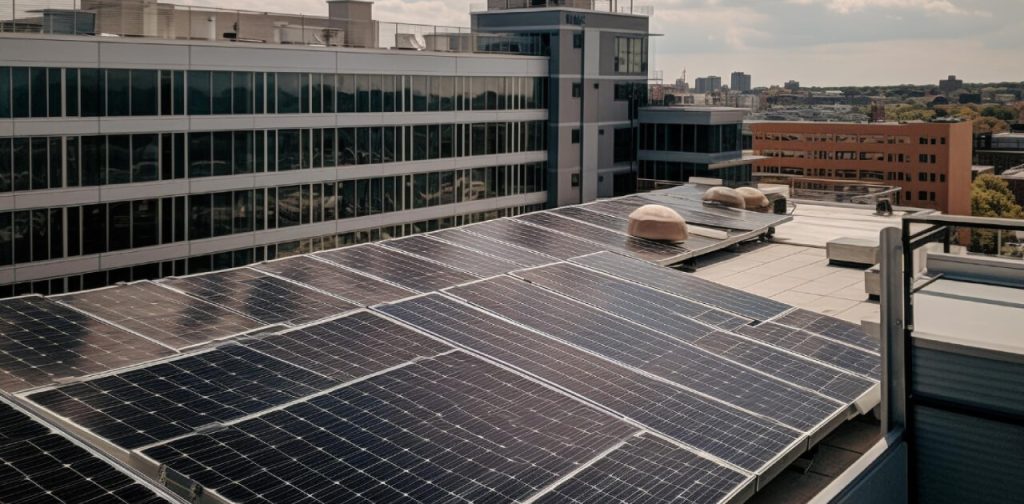Solar energy is a sustainable and renewable source of power. This blog post provides a technical guide on how to set up solar panels on your rooftop or rooftop solar panel installation, ensuring optimal energy production and efficiency.
Introduction
Solar energy harnesses the power of the sun, converting it into electricity. This process involves the use of solar panels, which are typically installed on rooftops for maximum exposure to sunlight.
Assessing Your Rooftop
Before installing solar panels, it’s crucial to assess your rooftop’s suitability. Factors to consider include:
- Orientation: In the Northern Hemisphere, south-facing roofs are ideal for solar panel installation due to their exposure to sunlight.
- Roof Condition: The roof must be structurally sound to support the weight of the solar panels. Any necessary repairs should be made prior to installation.
- Shading: Any obstructions, such as trees or buildings, that could cast shadows on the solar panels and reduce their efficiency should be taken into account.
Choosing the Right Solar Panels
There are various types of solar panels available, including monocrystalline, polycrystalline, and thin-film panels. Each type has its own advantages and disadvantages, and the choice depends on factors such as budget, available space, and energy requirements.
Rooftop Solar Panel Installation Process
The optimal location for solar panels on a rooftop depends on several factors. These include the direction the roof faces, the angle of the roof, the amount of sunlight the roof receives throughout the day, and any potential obstructions such as trees or other buildings.
In general, solar panels perform best when they are installed on a south-facing roof in the Northern Hemisphere, and a north-facing roof in the Southern Hemisphere. This is because the sun’s path across the sky is from east to west, but it is angled towards the south or north depending on the hemisphere.
The angle of the roof, or tilt, also plays a crucial role. The ideal tilt for solar panels is an angle equal to the latitude of the location. However, angles between 15 and 40 degrees can also work well.
Lastly, it’s important to consider potential obstructions. Shadows cast by trees, chimneys, or neighboring buildings can significantly reduce the efficiency of solar panels. Therefore, it’s crucial to choose a part of the roof that receives unobstructed sunlight for the majority of the day.
After the solar panels are installed and operational, they need to be connected to the electrical grid. This allows for the export of excess power back into the grid, and the import of power from the grid when the panels aren’t producing enough electricity.
Maintenance
Regular maintenance is essential to keep the solar panels operating at peak efficiency. This includes cleaning the panels to remove dust and debris, and periodically inspecting the system for any potential issues.
Conclusion
Installing solar panels on your rooftop is a significant step towards a sustainable future. While the process requires careful planning and consideration, the benefits – both environmental and financial – make it a worthwhile investment.




